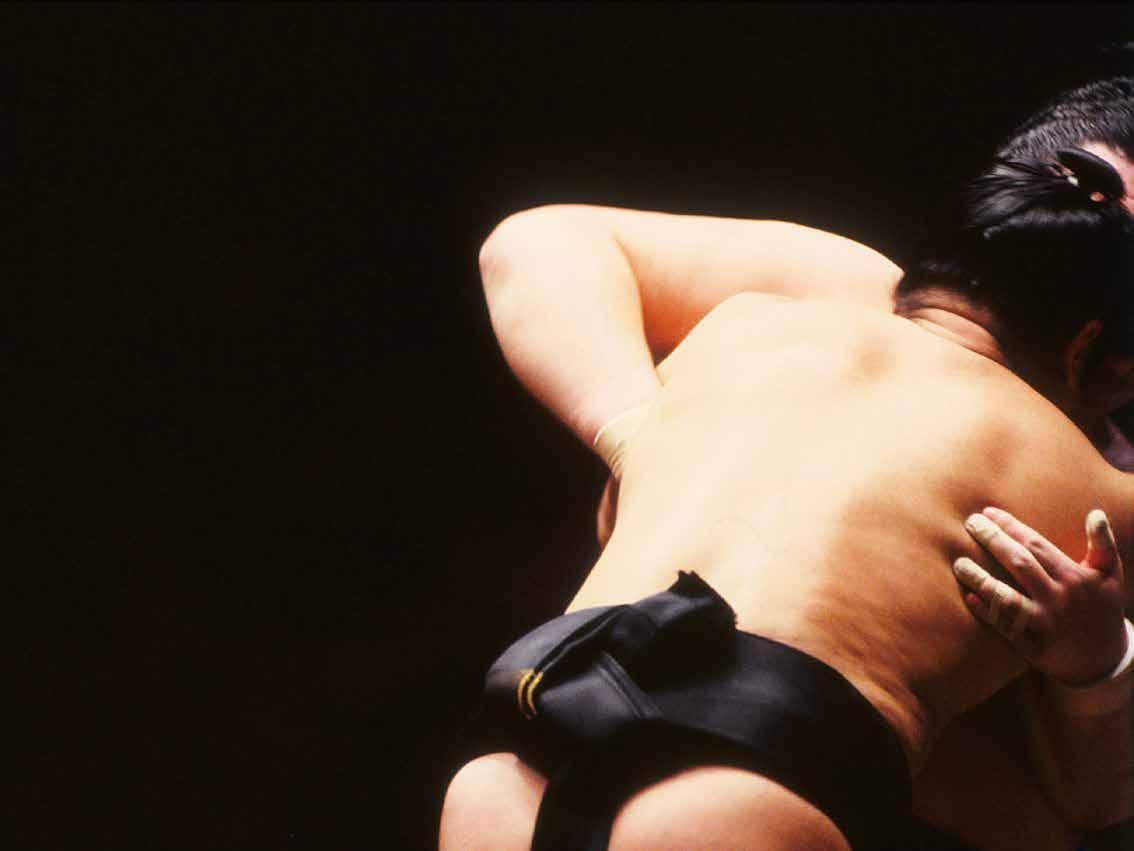Sport
With foreigners dominating the ring these days, it’s not impossible. But that doesn’t mean it’s easy. Benjamin Boas looks at how Japan’s oldest sport has changed, and how you can prepare for a life of sumo
S
umo’s origins lie in the Japanese Shinto religion and date back a couple of thousand years. Originally performed during religious festivals and later used for military training, the sport’s purpose continued to change over the years, according to the needs of whoever was in power at the time. The warlord Oda Nobunaga, who ruled in the 16th century, is credited for holding the first tournament with a defined area marked by a ring. Later, during the Edo period, some of the first professional sumo wrestlers were masterless samurai (ronin) who needed a source of income. With six major tournaments a year, each lasting 15 days and broadcast on national television, sumo remains popular in Japan, even though in recent years it’s been tainted with controversy (bar fights, match fixing, xenophobic name-calling, that sort of thing) and dominated by foreign fighters. Despite strict regulations that allow only one foreigner per stable, the last time a Japanese rikishi (wrestler) won a grand sumo tournament was in 2006. This may seem surprising, since traditional Japanese disciplines tend to be difficult for non-Japanese to enter. However, there’s been more outside influence on sumo than many people think. It bears significant resemblance
to traditional Chinese shuai jiao wrestling as well as Mongolian wrestling. The latter is particularly telling, since it’s Mongolians who have had the most success recently: all three of the current yokozuna (the highest ranked wrestlers) are from Mongolia, with one of them, Hakuho, recently breaking the all-time record for championship wins. Other successful foreign rikishi have included Estonian wrestler Baruto and Bulgarian Kotooshu. Part of the reason for their success is simply because they tower over their local contemporaries – a story that’s also often heard in other Japanese sports such as baseball and the ekiden (long-distance relay race). However, this is only part of the story. Some sumo commentators also point to the innovations, such as new moves, that foreign fighters have brought to the sport. Will the trend of foreign champions continue? Many say yes, citing Japan’s decreasing population and the fact that Japanese boys these days are more eager to try their hand at Western sports such as baseball. As sumo writer John Gunning told ‘The New York Times’: ‘There’s a lot more competition from “cooler” sports [and] sumo is seen as old-fashioned.’ Want to take the plunge? Read on for our top tips on becoming a sumo wrestler…
Current champions are all Mongolian
66 For your full, up-to-the-minute guide to Tokyo visit timeout.com/tokyo
WATCH IT
WHEN: The last three tournaments for this year are: July 12-26 in Nagoya, September 13-27 in Tokyo, and November 8-22 in Fukuoka. WHERE: In Tokyo, the tournament is held at Ryogoku Kokugikan. 1-3-28 Yokoami, Sumida. tinyurl.com/TOTryogoku-kokugikan. HOW TO BUY TICKETS: The easiest option is to reserve seats online at sumo. pia.jp/en. Reserved seats start at ¥3,800 and boxed seats range from ¥9,500 up to ¥14,800 for a ringside seat. Sameday general admission tickets are also available for ¥2,200 (show up early for these). If you can speak Japanese, you can book by calling Ryogoku Kokugikan’s ticket office directly on 03 3622 3300, 10am to 6pm.
IMAGE: PIXTA
Sport
So you want to be a sumo wrestler?








